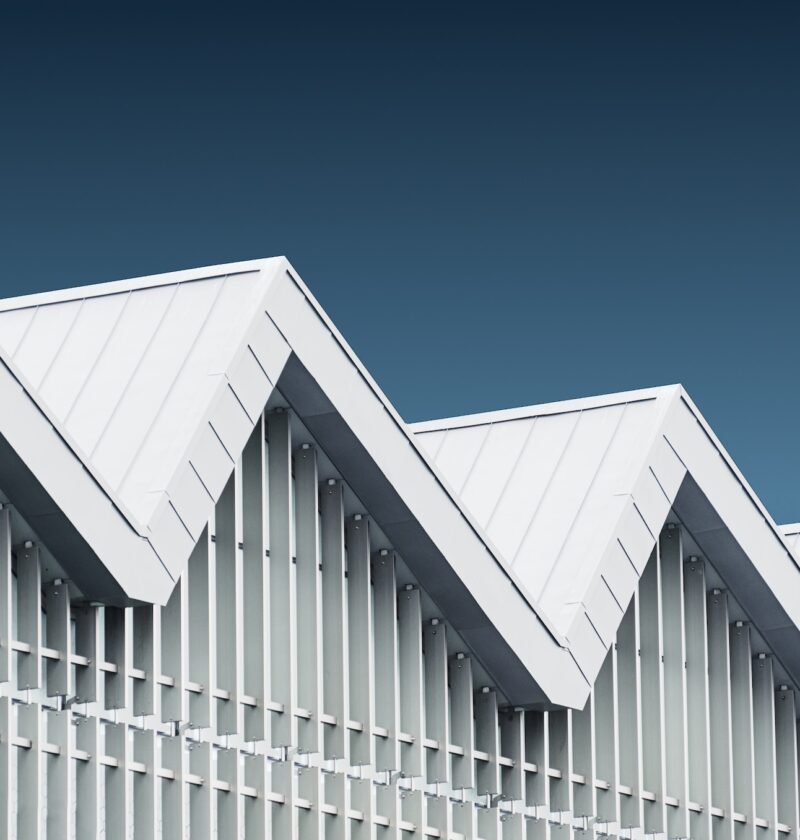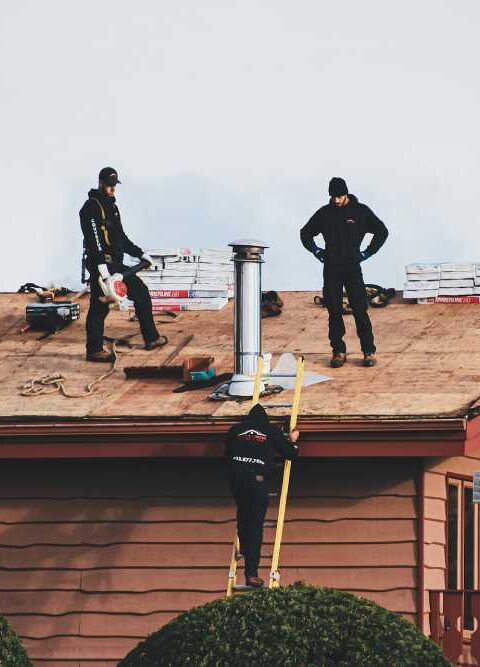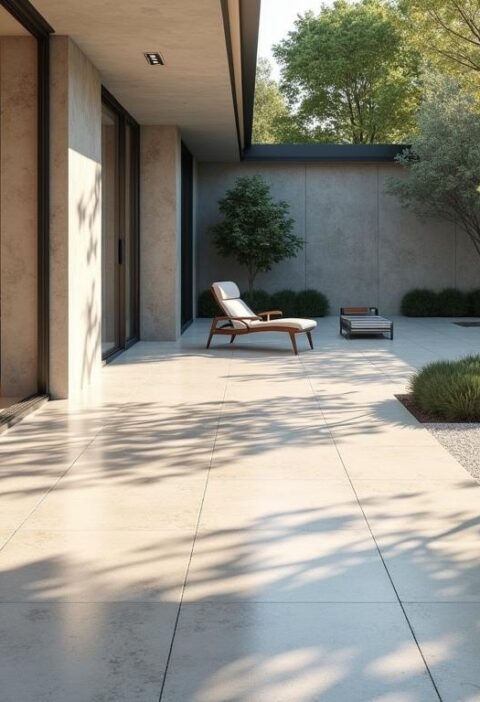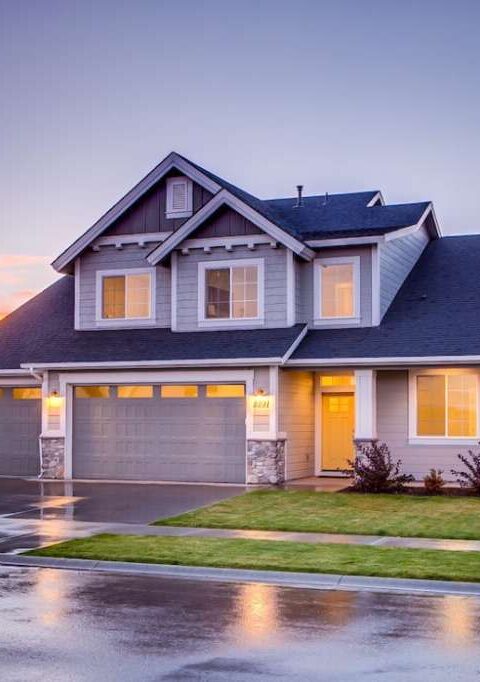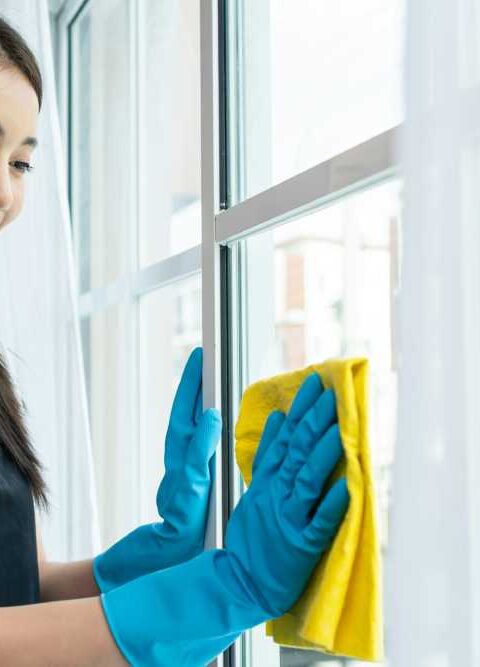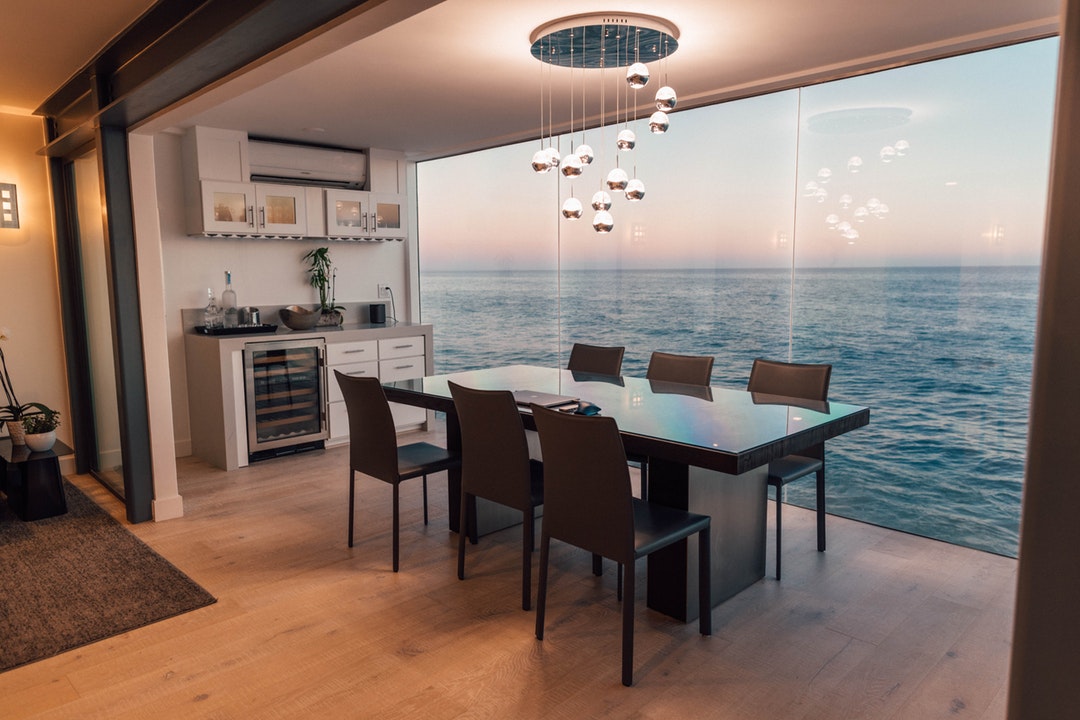Consider installing commercial roofing systems if you have a commercial building or plan to build one. They provide various benefits that will improve the overall health of your business.
Cool roofs are energy-efficient, which can help reduce your energy costs. They also make your building more comfortable for employees and customers.
Durability
The durability of your commercial roofing systems depends on a variety of factors. From how much maintenance you provide to whether your roof is installed with a structurally sound frame, each element can make a difference in lifespan.
For example, a roof prone to frequent wear and tear could benefit from installing a commercial roofing system with a higher warranty. If a hospital needs to be open and staffed 24/7, the roof will likely need more insulation, hail protection, and wind resistance than a warehouse without as much traffic.
Built-up roofing, or BUR, is a popular option for commercial buildings. It consists of multiple layers of asphalt or tar with felt and gravel that protect the roofing membrane from damage.
This type of roof can last up to 20 years or more, depending on how well it is maintained. However, it will need regular inspections and maintenance to keep it working at its best.
A proactively maintained commercial roof can be expected to last up to 60% longer than a reactively maintained one. It is because a proactive maintenance program will include periodic inspections, cleanings, and repairs to ensure the roof remains in good condition.
PVC roofing systems are a long-term solution that has been proven to withstand thermal cycles, structural movement, and temperature extremes. This roofing material has been used worldwide for decades and is backed by various manufacturer warranties.
Energy Efficiency
Commercial roofing systems are designed to improve the energy efficiency of a building, reducing energy costs associated with cooling and heating. They are also a sustainable investment that can help to reduce a business’s environmental impact.
Energy-efficient commercial roofs are typically made with light-colored materials that reflect sunlight and absorb less heat, which keeps a building cooler. It helps to keep the interior temperature of a building lower, and it can reduce cooling costs by up to 40%.
In addition to reducing energy costs, these commercial roofs can also help to improve the overall health of a building. They can lower the amount of carbon dioxide released into the atmosphere and help reduce the overall amount of greenhouse gases in the air, which is essential to a sustainable future.
You can choose from many commercial roofing systems, including metal and synthetic materials. These materials can be used in residential and commercial buildings and have various energy-saving benefits.
Some of these materials are even recyclable, which is good news for the environment. Having metal roofing on your property can significantly reduce your business’s waste footprint by reducing the number of shingles that end up in landfills.
Thermoplastic polyolefin (TPO) is another well-known material that can be used to improve the energy efficiency of a commercial building. TPO reflects UV rays and heat from the sun, which can lower energy expenses.
Longevity
When it comes to the lifespan of commercial roofing systems, it is difficult to give an exact number because of so many factors that can affect it. The type of roof, materials used, and installation processes all play a big part in how long the roof will last.
For example, TPO roofs can last 22 to 30 years or more if correctly maintained. These heat-welded polyolefin sheets are made of ethylene propylene rubber components and polyester reinforcements. They are highly insulated and resistant to fire, chemicals, punctures, and wind damage.
Another common roofing material, EPDM rubber (ethylene propylene diene monomer), is known for its remarkably durable life expectancy and resistance to weather conditions. EPDM membranes are single-ply and can be loose-laid or adhered to a base layer of insulation boards and ballast, such as masonry pavers.
When installed correctly, PVC (polyvinyl chloride) membranes last 20 to 30 years or more. They are energy-efficient and can self-extinguish in the event of a fire.
Finally, metal roofs are another classic roofing system with an incredible lifespan when installed correctly. When a metal roof is maintained and has a proper slope, it can last up to 50 years or more.
Reputation
When it comes to commercial roofing, there are many different types of systems and materials. The most crucial thing to remember is that your decision will impact your business property’s robustness, effectiveness, and general performance. The type of roof you choose should be based on your building’s size and the occupants’ needs.
The most common roofing materials for industrial properties are membranes such as PVC or EPDM. Unlike in residential applications where shingles are the order of the day, industrial buildings often require several layers to achieve the desired protection. Getting these layers in place will take time and money, but with the right contractor by your side, you can get your industrial roof in tip-top shape in no time flat.
A well-designed commercial roof can help your company save on energy costs while providing a cool factor to its occupants and lowering your environmental footprint. For instance, light-colored metal roofs reflect more sunlight than conventional roofs, so you won’t have to rely on a powerful air conditioning system.
The best way to measure your company’s reputation isn’t through a slick survey or a fancy spreadsheet but by engaging your stakeholders at the highest level and most effectively. It may mean a dedicated team that tracks customer feedback and engages with them continuously.

